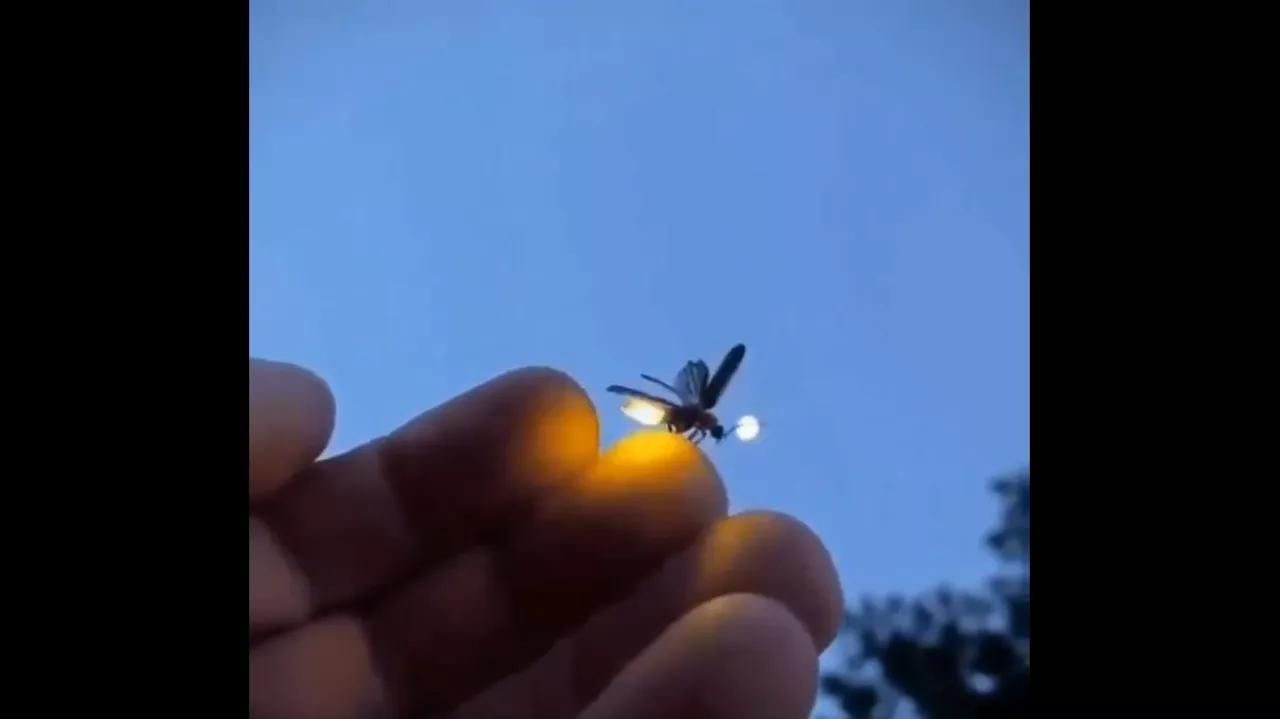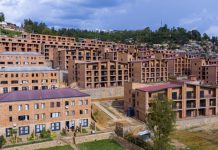Africa-Press – Rwanda. Scientists from the Siberian Federal University and the Institute of Biophysics of the Krasnoyarsk Science Center of the Siberian Branch of the Russian Academy of Sciences have created a microbial contamination sensor based on an improved “luminescence technology” of fireflies.
ATP (adenosine triphosphoric acid) is the main source of energy for living cells. This molecule is also one of the necessary components of bioluminescence, the luminescent reaction, such as in the Lampyridae family of beetles (fireflies).
The bioluminescence method for assessing microbial contamination, which is based on the correlation between luminescence intensity and the amount of ATP contained in the analyzed sample, has gained popularity throughout the world. The main disadvantage of this method is the rapid loss of reagent activity, which increases the cost of analysis.
Scientists from the Siberian Federal University, along with their colleagues from the Institute of Biophysics of the Krasnoyarsk Scientific Center of the Siberian Branch of the Russian Academy of Sciences, have developed new highly effective microbial contamination sensors which measure bioluminescence.
According to the authors of the research, their development will make it possible to control sterility in medicine, the food industry and gastronomy. The results of their study have been published in the Biosensors journal.
According to the scientists, the addition of the stabilizers dithiothreitol and bovine serum albumin increases the sensitivity of the biosensor as well as the stability of its components during storage and use.
This technology, proposed by SFU scientists, could significantly reduce the cost and simplify the use of biosensors. According to the creators, the new sensors will be well suited for use in public catering, the dairy and meat industries, as well as in everyday life to inspect the cleanliness of hands and table surfaces.
The new technology was tested on Escherichia coli (E. coli) bacteria, the scientists said. The development is protected by a Russian federal patent. The next task of the research team is to prepare the new biosensor for use in medicine, pharmaceuticals, the food industry, and other industries that require a sterile environment. The study was carried out within the framework of the Priority 2030 program.
For More News And Analysis About Rwanda Follow Africa-Press






